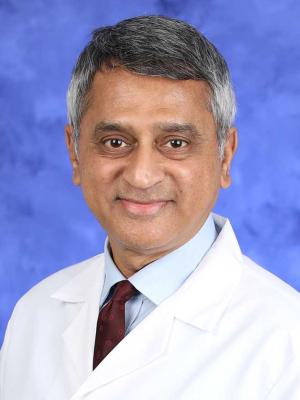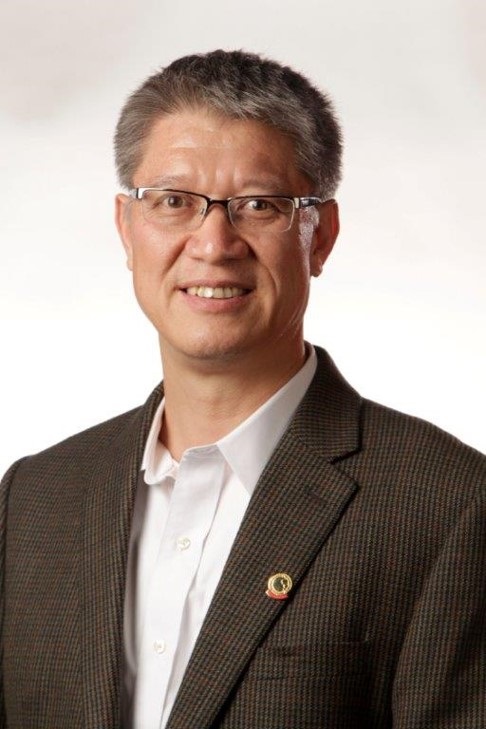
Gene mutations linked to worse outcomes from leukemia in Hispanic and Latino children

Four Diamonds researcher Dr. Sinisa Dovat and his colleagues found that a combination of genetic mutations may explain the higher incidence of and poorer outcomes from ALL in Latino children. One of these mutations, they learned, leads to the overproduction of a certain protein that can cause resistance to chemotherapy in Latino children. Click to read more of this story.
‘Guardian of the Genome’ and the ‘WASp’ team up to repair DNA damage

DNA replication and repair happens thousands of times a day in the human body. Most of the time, people do not notice when things go wrong in replication thanks to the work of Replication protein A (RPA), referred to as the ‘guardian of the genome.’
A new study by Dr. Yatin Vyas, professor and chair of the Department of Pediatrics at Penn State College of Medicine and pediatrician-in-chief at Penn State Health Children’s Hospital, showed that RPA works with an ally called the WAS protein (WASp) to prevent potential cancers from developing. Click to read more of this story.
Dr. Suming Huang and his team’s findings may pave the way for the creation of next generation therapies

For cells to thrive, a complex network of three-dimensional structures assembles to read, copy and produce the genetic materials (DNA) needed for cellular function. Understanding how these structures form, and what happens when things go wrong, is an everyday endeavor for Dr. Suming Huang and his team of researchers. Click to read more of this story.